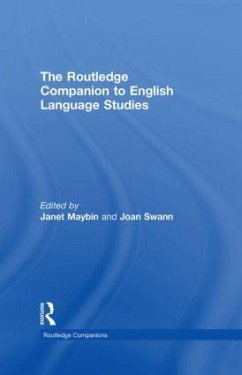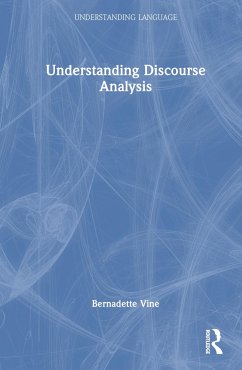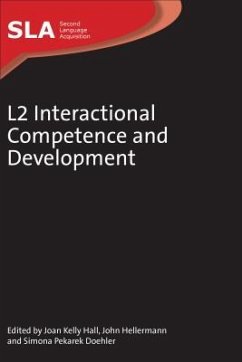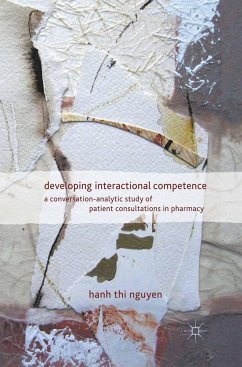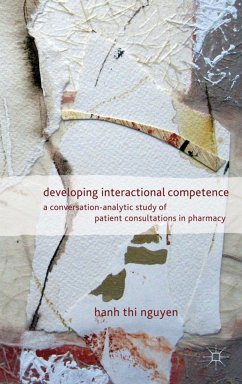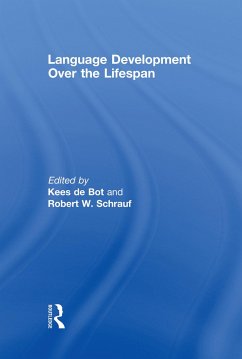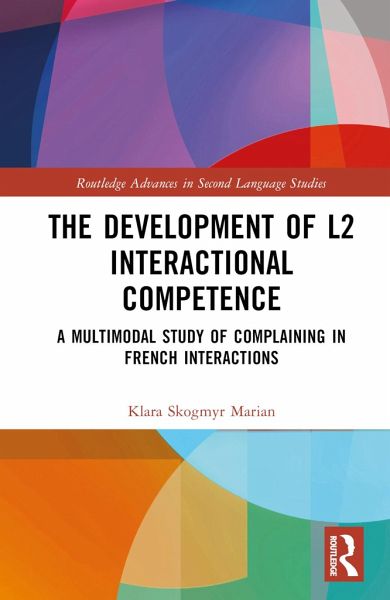
The Development of L2 Interactional Competence
A Multimodal Study of Complaining in French Interactions
Versandkostenfrei!
Versandfertig in 1-2 Wochen
149,99 €
inkl. MwSt.
Weitere Ausgaben:

PAYBACK Punkte
75 °P sammeln!
This book presents unique insights into the development of L2 interactional competence through the lens of complaining, demonstrating how closer study of complaining as a social activity can enhance our understanding of certain aspects of language learning with implications for future L2 research.





